Test Drive: Proton's First EV - The 2025 eMAS 7
 MichaelJun 04, 2025, 01:40 PM
MichaelJun 04, 2025, 01:40 PM
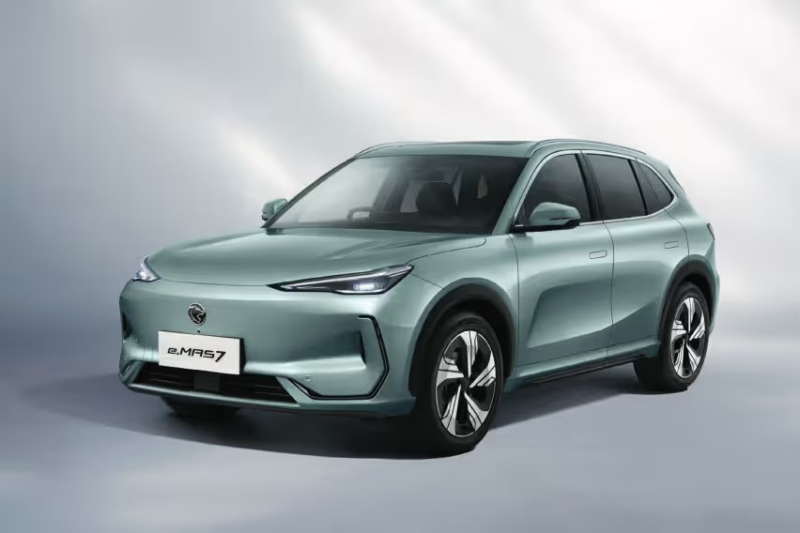
【PCauto】Though sharing its basic silhouette with the Geely Galaxy E5, the e.MAS 7 still exhibits its own features.
Exterior Mirrors the Geely Galaxy E5
At first glance, the most noticeable difference is the Proton badge replacing Geely’s shield emblem on the closed-off grille. Paired with daytime running light strips on either side, it delivers high nighttime recognition. The side air vents aren’t merely decorative—they effectively channel airflow at high speeds, reducing wind noise.
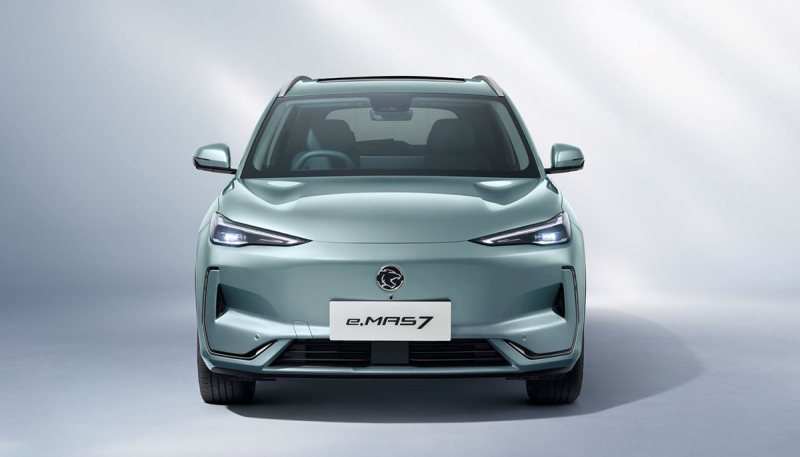
The side profile of the e.MAS 7 is clean and muscular, with a 1,901mm width and 1,670mm height creating a stable but not bulky stance. The flush door handles pop out smoothly upon unlocking, adding a sense of ritual. The 19-inch wheels (exclusive to the Premium trim) look far more proportionate than the Prime’s 18-inch wheels. At the rear, the full-width light bar stands out, its 128-LED feather-patterned illumination particularly striking when lit.
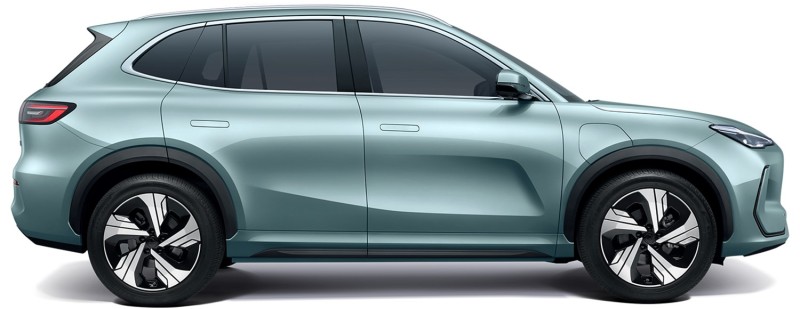
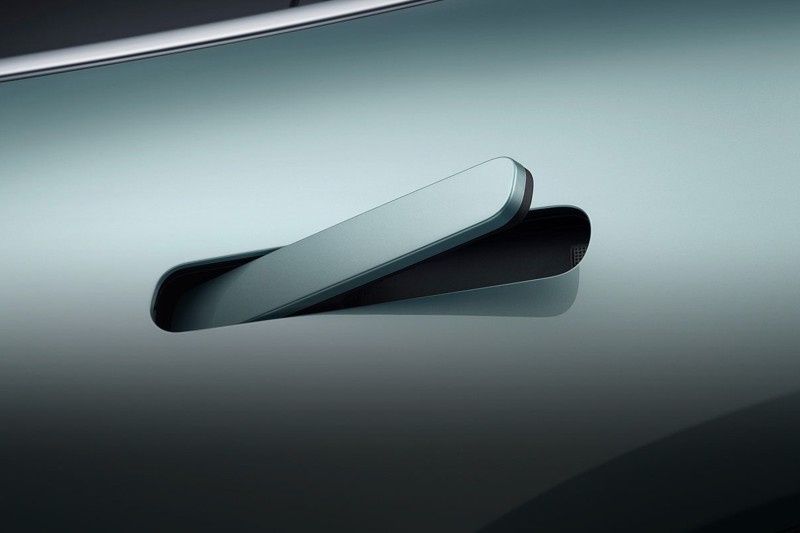
It is worth noting the sheet metal craftsmanship. The gap between the hood and the fender is controlled to about 3.5mm, and uniform seams around the lights surpass those of Proton’s earlier ICE models. The paint quality also impresses: under sunlight, the tested car’s finish exhibits fine metallic particles, giving it a more premium feel compared to ordinary solid-color paint.
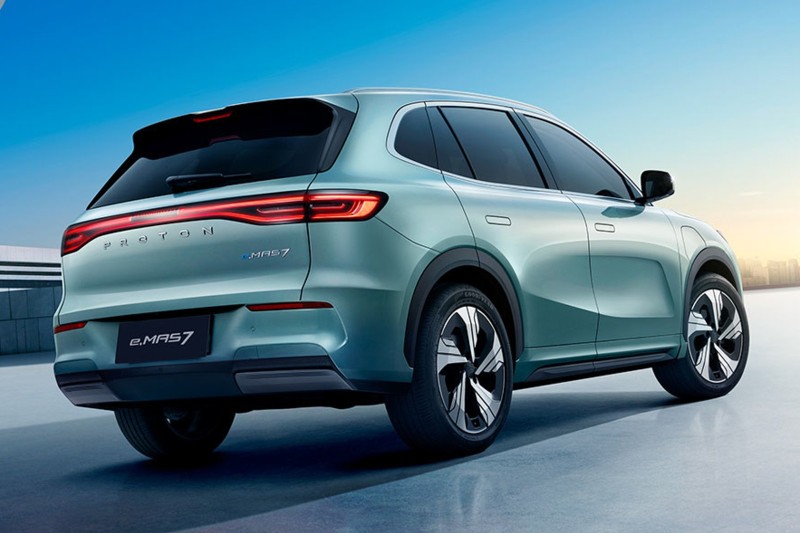
Ultraleather Interior & 2.5K Touchscreen with Intuitive UI
The faux leather on the Premium version's dashboard feels similar to Nappa leather but with better wear resistance. Its faint blue undertone brightens the dark cabin. Frequently touched areas, such as door armrests and the central armrest cover, are covered with the same material, with meticulous stitching. The steering wheel’s compact diameter offers a secured grip, though its paddle shifters’ hard plastic delivers a stiff click.
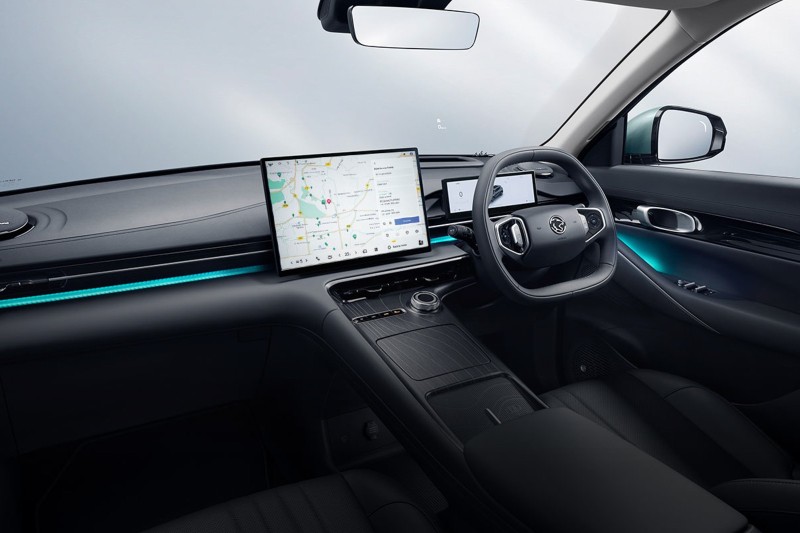
Surprisingly, the e.MAS 7 front seats are equipped with a three-level adjustable ventilation function, which is very practical in hot weather. It also features a hands-free power tailgate (90%+ kick-sensor success rate) and 3.3kW V2L output (tested to power a coffee maker and projector simultaneously).
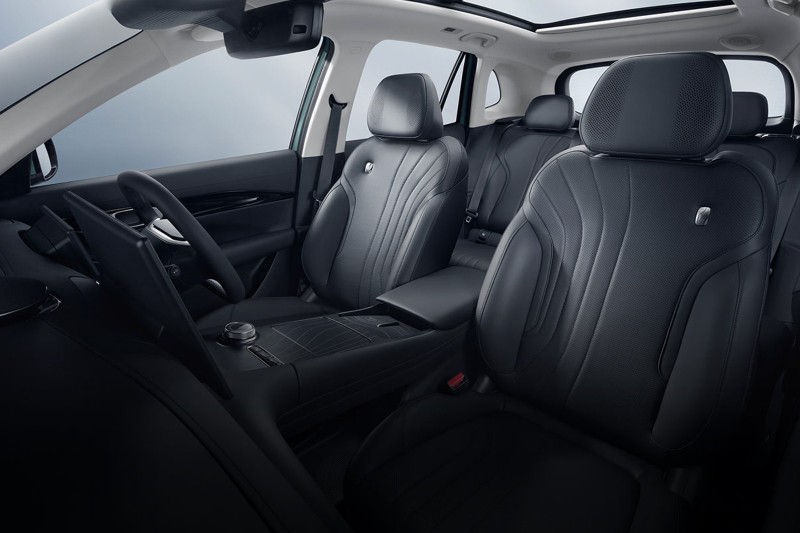
The 15.4-inch 2.5K floating screen is an important factor to achieve human-technology interactions. The menu is clearly presented. However, the map rendering style appears outdated, and road condition updates are delayed by about 5 minutes. The 16-speaker Flyme audio system is commendable: when playing "Hotel California," the tambourine sound is precisely located, the drum beats are deep and powerful, and even at speeds of 100 km/h with wind noise intrusion, vocals remain clear and discernible.
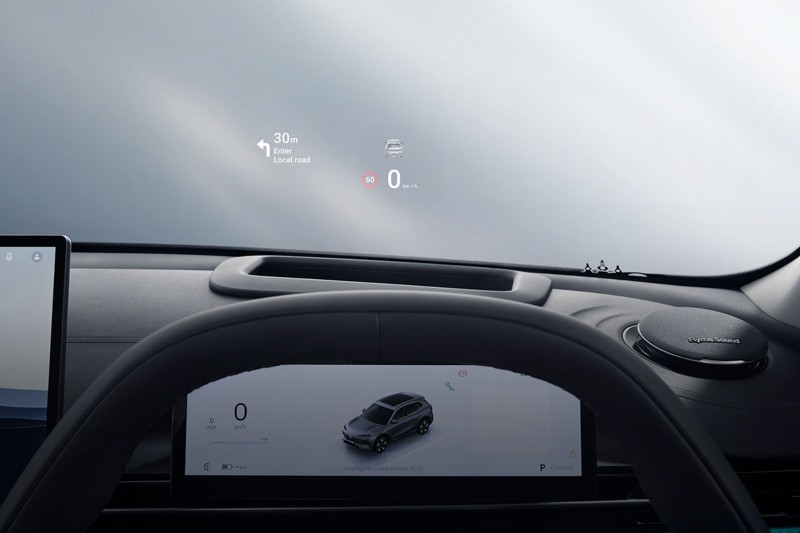
Up to 33 Storage Spaces, Drawer-Style Compartments under Seats
The interior space utilization of the e.MAS 7 is perfect. A 178cm tall driver can adjust their seat comfortably, with two fist-widths of legroom still available in the rear. The flat floor eliminates the discomfort of crowding for the middle passenger.
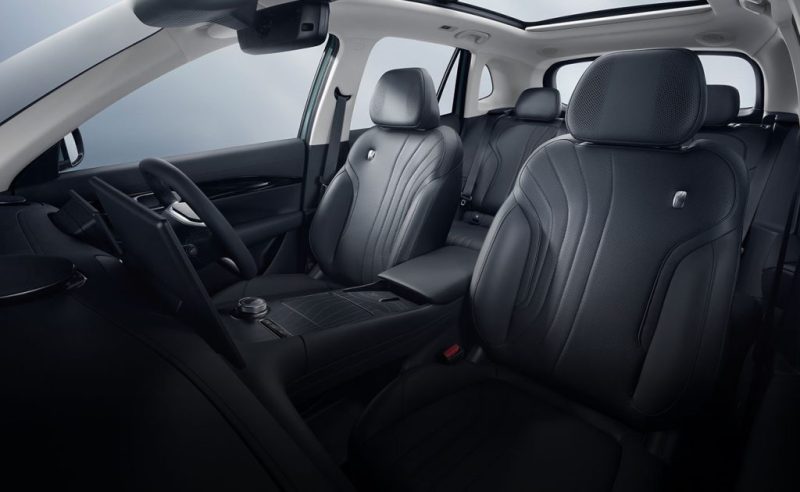
Among the 33 storage spaces in the car, the pull-out drawer under the middle rear seat stands out, with enough depth to store a folding umbrella or tablet. The 461L trunk is equipped with anchor points, hooks, and a 12V power outlet. Lifting the floor reveals a hidden compartment with a depth of 12cm.
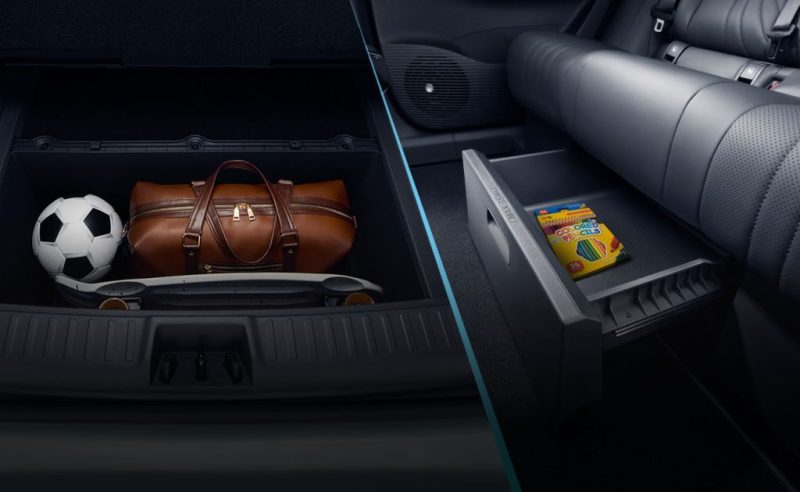
23% Stiffer Damping Outperforms Geely Galaxy E5
The moment you press the start button, the cabin's quietness leaves a deep impression. The front-mounted electric motor, with 218HP and 320Nm, effortlessly propels the 1.7-ton body, with acceleration from 0-100km/h feeling faster than the official 6.9 seconds. The highlight is the Proton engineers' chassis tuning: Compared to the overly soft suspension of the Geely Galaxy E5, the e.MAS 7's damping on the shock absorbers is increased by 23%, with spring stiffness increased by 15%. In real-world tests over Malaysia’s common series of speed bumps, the vehicle stabilizes after only a single up-and-down rebound, whereas the Galaxy E5 experiences 2-3 residual oscillations.
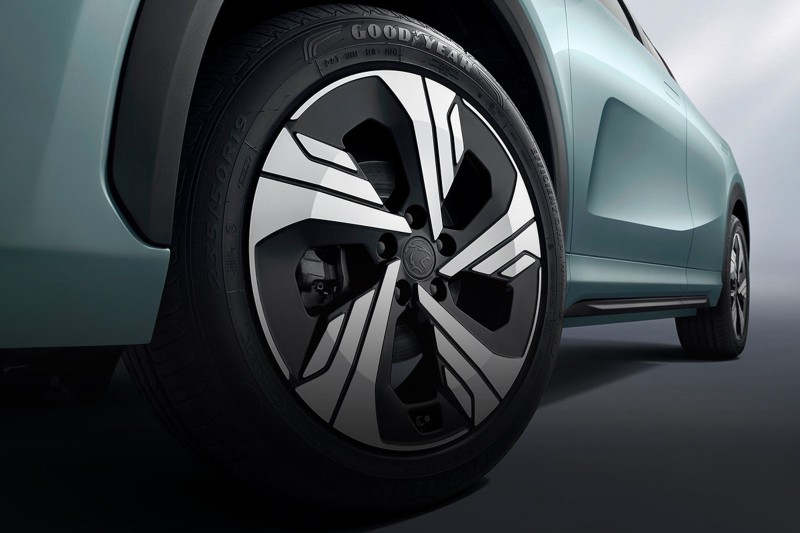
Stability at high speed demonstrates its capabilities. When cruising at a speed of 110km/h and encountering bumps, the suspension compresses quickly without excessive wobbling, and the steering wheel only experiences slight tugging. The steering is tuned more for daily comfort, with an appropriate amount of slack in the center position, but shows more accurate mid-corner compared to BYD Atto 3. The energy recovery has four adjustable levels, and in the strongest mode, the drag force when releasing the accelerator pedal approaches 0.2G, while the brake lights illuminate simultaneously to indicate deceleration.
11.2kWh/100km Energy Consumption Matches Real-World Range
During this test drive, e.MAS 7 drove a total of 152km, with approximately 30% of the route involving traffic congestion, and the vehicle displayed an energy consumption of 11.2kWh/100km. Based on this calculation, the Premium version with its 60.22kWh battery achieves an actual range of 420km, surpassing the WLTP-rated range of 410km. The secret lies in its 12-in-1 electric drive system, which integrates the motor, controller, and reducer to a high degree, reducing energy losses by 3.8%.
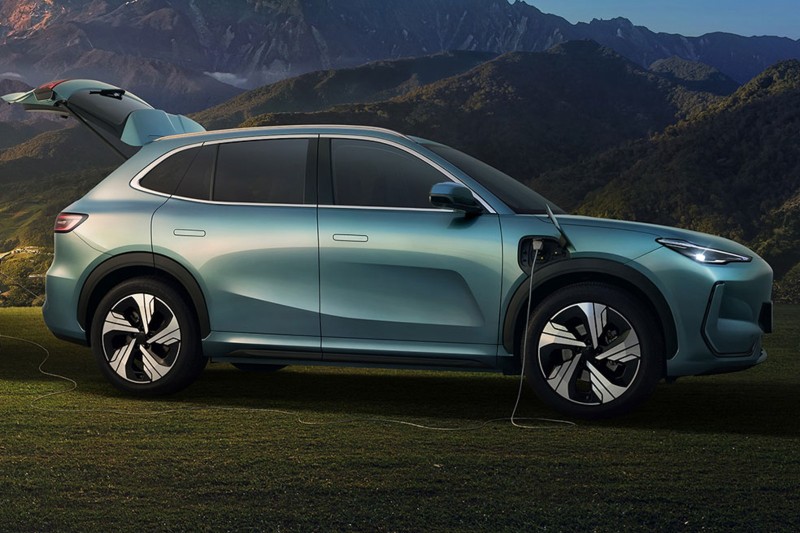
e.MAS 7 also performs well in charging compatibility: Using a 100kW fast charging station (exclusive to the Premium version), it was tested to charge from 10% to 80% in just 28 minutes, with a peak charging power reaching 92kW.
Shortcomings of the e.MAS 7
Despite the advantages mentioned above, e.MAS 7 also has its own shortcomings : When driving below 30km/h, the continuous beeping sound can be somewhat annoying. Although it is designed to alert pedestrians, having more sound options would be better. Another issue is during 100kW fast charging, the noise from the battery cooling fan is quite loud, especially in underground parking garages.
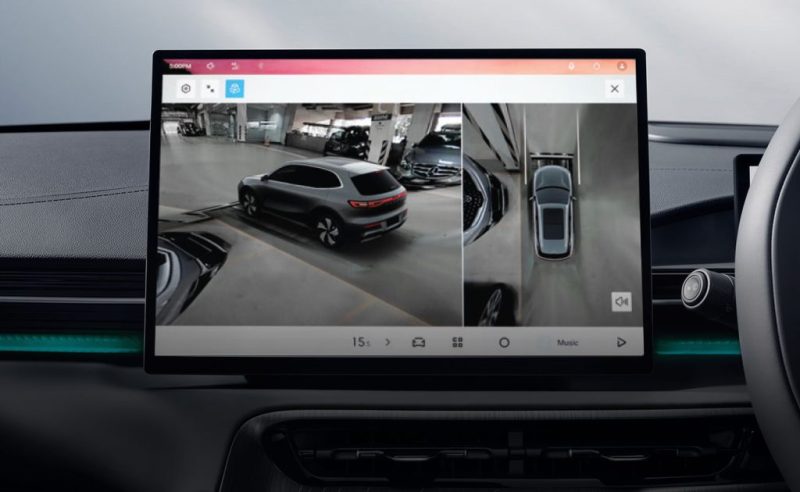
e.MAS 7 Outperforms Atto 3 in Some Aspects
When Proton announced the introductory pricing of RM119,800 for the e.MAS 7 Premium, the applause in the showroom was reasonable. In a horizontal comparison with similarly priced BYD Atto 3 (RM127,800) or Hyundai Kona Electric (RM156,500), the e.MAS 7 holds advantages in terms of space, features, and localized driving control. Even the Prime version (RM105,800), which omits the sunroof and electric tailgate, retains its core electric powertrain and ADAS features.
If any infringement occurs, please contact us for deletion
Trending News

BYD Sealion 7 is not only cheaper than Tesla Model Y, what other differences do they have?
Is it better to buy the BYD Sealion 7 or the Tesla Model Y? This really makes one a bit hesitant, but before you make a decision, I recommend you take a good look at this article.

2026 Toyota Hilux Travo released, the brand-new exterior and interior are highly anticipated
If you're considering buying a Hilux, honestly, the comprehensive innovations in the ninth generation are worth waiting for. While the current model might still have some advantages in terms of reliability and price, the new model offers significant changes in terms of exterior and interior luxury, tech features, and powertrain options.

Toyota Land Cruiser FJ did not disappoint, the most anticipated civilian off-road vehicle is back.
Since its birth in 1951 under the name Toyota BJ, the Land Cruiser series has accumulated sales of approximately 12.15 million units in over 190 countries and regions worldwide, becoming a global off-road icon spanning more than 70 years.

In Malaysia, which sliding door MPVs are available?
The numerous advantages of sliding door MPVs make many people fond of this type of vehicle. However, MPVs are not a mainstream choice in the car market, so many people might not know which MPVs are available domestically.

Should I choose the top-tier Toyota Corolla Cross, or the entry-level Fortuner?
Should we spend more money on a compact SUV, or add a bit more to buy a larger SUV? Although for many families, the 20,000 MYR price difference is not a small amount, considering that the number of family members may increase in the future, choosing a more practical and spacious car can save the trouble and cost of replacing a vehicle later on.
Popular Cars
Model Year
Car Compare
Car Photo

